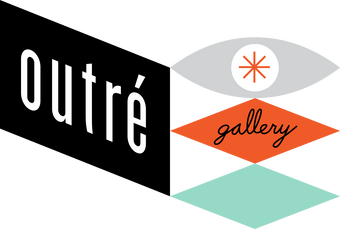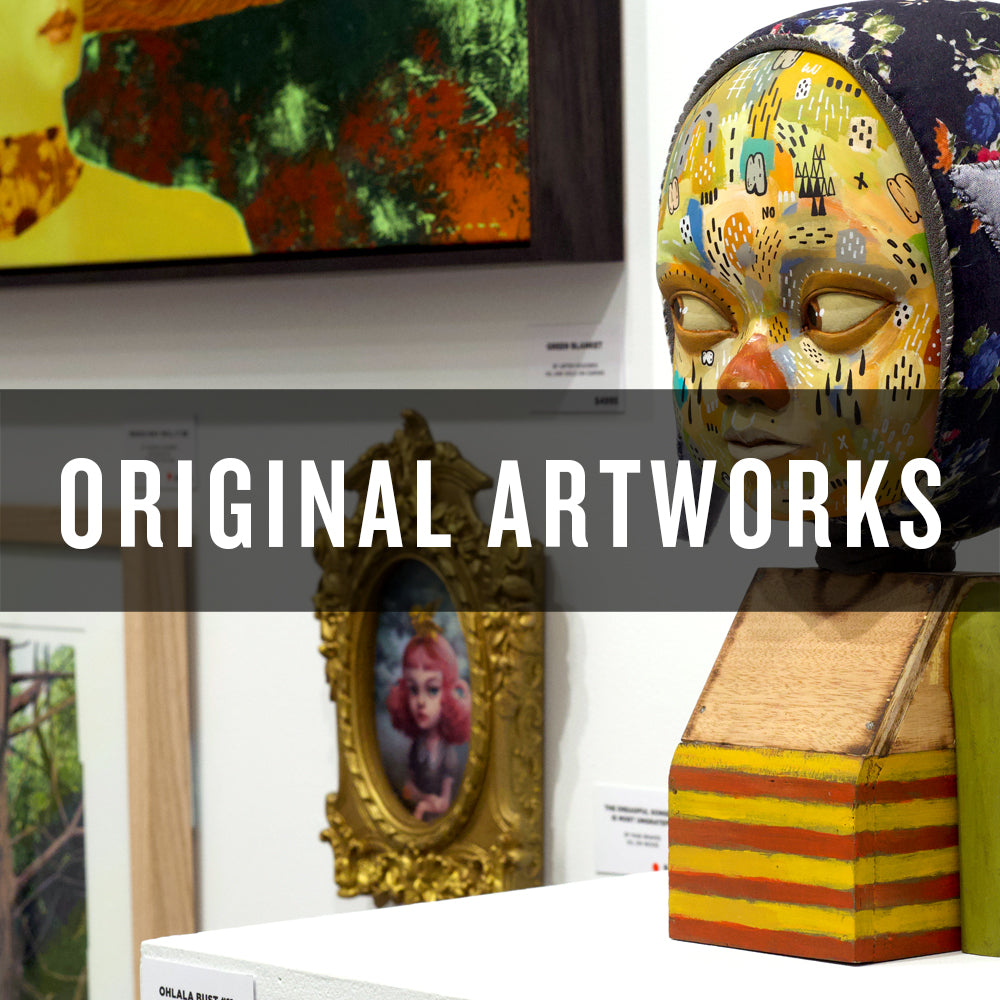
Robert Duxbury is a predominantly self-taught artist based in Melbourne Australia. Exploring the elusiveness of the deep and complex emotions that reside within our subconscious. Duxbury puts form to these enigmatic emotions with the use of ambiguous symbolism and brooding colour palettes reflecting the subtleties in feelings and emotions.
Duxbury spent several years living in the Guangdong province of China where he studied traditional Chinese Gongbi and ink wash painting styles. After almost 15 years of exclusively paint street art his experience in china was the turning point that led him to a more traditional studio based practice.
Artist Statement
Snapshots of memory blurred by time and feelings.
A muted palette lends a sense of nostalgia and melancholy to the work, as colours and forms blend together in soft focus. The paintings capture moments in time, suspended in a haze of memory and emotion. With a quiet, observational quality, the works distill the essence of fleeting moments.
Robert Duxbury's paintings explore the human condition through mood and symbolism, capturing the complexity of human emotions and the fragility of life. His artworks often feature vulnerable individuals, inviting the viewer to reflect on the intricacies of the human experience.

You have a very distinct style - what differs in this showcase compared to your previous works?
The most notable difference in this show is the shift in setting for my subjects. Previously, my work was often set in historical or classical environments, inspired by the old masters. In contrast, this new body of work features subjects in more modern settings, a direction I've been eager to explore. Although it marked a significant departure from my earlier work, I'm pleased to find that the moody, atmospheric quality that defines my paintings has translated well to this new context.
When people view these works, what would you like to communicate to them and how do you hope they’ll respond?
My work isn't about conveying a specific message or sparking a particular conversation. Instead, I'm interested in evoking emotions and creating a visceral response. I lean into sentimentality and familiar tropes to tap into the emotional resonance of a moment, inviting them to feel rather than intellectualise. For me, it's about creating a mood or atmosphere that resonates with people.

Who or what are the biggest influences in your practice?
Stylistically, my biggest influences are the Old Masters, particularly John Singer Sargent, Egon Schiele, and J.M.W. Turner, whose mastery of technique and composition continues to inspire me. I'm also influenced by my peers who successfully blend traditional academic principles with contemporary perspectives finding new ways to interpret traditional methods.
A lot of people will be interested in your artistic process. How do you conceptualise and implement your ideas?
Many of my ideas are rooted in nostalgia and melancholy, inspired by the places I've been – both physically and mentally. I keep my process simple, often starting with seemingly insignificant objects like a glass of milk or a telephone, and then build upon them, layering in emotions as the piece unfolds. Trusting my gut and letting intuition guide me is key; I believe this approach results in more honest, unforced paintings that feel authentic.

How do you preserve your individuality at a time where artistic vision is often compromised by others?
I've come to accept that nothing is entirely original, and everything is derivative in some way. Paradoxically, this perspective frees me to focus on my own vision, rather than comparing myself to others. I paint for myself, without concern for standing out or fitting in. By embracing this mindset, I'm able to create work that's authentic and my own.
What is the best advice you have received from a fellow artist and what advice would you like to pass on to others?
I've seen many artists struggle with workflow, and the most practical advice I've found is to rely on routine rather than inspiration. Inspiration can be fickle and fleeting, but routine is reliable and sustainable. By sticking to a consistent schedule and process, you can create even when inspiration isn't knocking.
Thanks for chatting to us, Robert! See you at the show!



